What are the Emerging Targets for Lymphoma?
By Blood Cancers Today Staff Writers - Last Updated: April 19, 2023A roundtable discussion, moderated by Kami J. Maddocks, MD, of the James Cancer Hospital, Ohio State University Comprehensive Cancer Center, focused on treatment options for diffuse large B-cell lymphoma (DLBCL) and follicular lymphoma (FL), including novel emerging therapies and treatment sequencing considerations. Dr. Maddocks was joined by a panel that included Pierluigi Porcu, MD; Pamela Blair Allen, MD, MSc; and Jonathan W. Friedberg, MD.
In the final segment, the panel discusses new targets for DLBCL and FL and shares what excites them about the future for these diseases. Watch all segments of this roundtable now.
—
Dr. Maddocks: Let’s move on to our last topic, emerging treatment targets and kind of the ASH data. So we talked a lot about some of I think the further-along bispecifics. What about anything that you guys have seen maybe in earlier phase trials as far as looking at things to target or maybe phase I studies, anything you’ve seen follicular or large-cell that you think is potentially of interest?
Dr. Porcu: I think that at the preclinical level, so not even phase I, but I’m following carefully work that is targeting pathways, like thinking about what to do with p53-null mutated, which we know has a big impact on DLBCL and MDM2 for p53 pathway and PARP inhibitors, that’s another class of drugs that I’m following and interested in. So I think there’s lot of very interesting pathways being targeted. We’re just going to have to see the specific subsets of DLBCL that may apply to.
Dr. Friedberg: I would say, in addition to new agents, next-generation approaches to our current existing agents have a lot of promise. There are data at this ASH meeting on pirtobrutinib, which is a next-generation BTK inhibitor, which seems to have activity when the more conventional BTK inhibitors don’t work, at least in CLL and mantle cell lymphoma. And as we’re looking for roles of BTK inhibition in both follicular lymphoma and large-cell lymphoma, I think it’s very promising to think that pirtobrutinib or drugs like that that may have a role.
Dr. Allen: I’ll be excited to see more about the allogeneic CAR T-cell, and then outside of therapies, ways to predict relapse, so ctDNA and other methods to monitor patients for relapse I think will be interesting as well.
Dr. Maddocks: So then sequences nicely into the next question: What data here at ASH, and we’re just kind of starting to see data this morning, but just looking through abstracts and seeing what was coming, what do you think is the most exciting things being presented here? Any data that you think has the potential?
Dr. Allen: Yeah, so I think that a lot of the CAR-T data is really interesting. There’s follow-ups for axicabtagene ciloleucel and tisagenlecleucel data now with longer-term follow-up and demonstrating pretty excellent long-term responses.
Dr. Friedberg: I think an abstract that looked at single-agent bispecific antibody as treatment for older patients with diffuse large B-cell lymphoma, a non-chemotherapy approach, showing significant activity and knowing how those patients are very difficult to treat, that could be a game changer if that’s recapitulated.
Dr. Porcu: And I really the longer-term data, looking at duration response after glofitamab. That seems to be durable and stable. So I think with fixed-duration of glofitamab 12 weeks of therapy, that makes really kind of interesting data set to follow.
Dr. Maddocks: Yeah, I think it looks like we’re going to see a lot more bispecific data that will add to what we have. And then just to conclude here, maybe if each of you could comment on what you’re most excited about moving forward in both diffuse large B-cell lymphoma and follicular lymphoma.
Dr. Allen: I’m interested to see more of the very-early and frontline data with CAR-T, either just following a cycle of CHOP or bispecific combinations in the frontline setting.
Dr. Friedberg: I guess I’ll wear my NCTN stripes here, but I think in large-cell lymphoma we’re at a point where we may be using the sequencing clusters that are now apparent and are able to be recapitulated as a way to assign patients to various trials, sort of a basket trial like has done in solid tumors. And I’m excited about that approach as potentially moving the field forward. And in follicular lymphoma, we’re looking at trying to cure follicular lymphoma in patients with low tumor burden disease. And I think with some of the relatively non-toxic approaches that we discussed today, there’s a lot of enthusiasm that that could happen.
Dr. Porcu: I agree, I like to really see the genetic clusters that have been kind of well characterized now translating into something that can be applied clinically. And I’m not sure that we’re quite there yet, but I think it’s coming. And then, with that, doing precision medicine sort of therapy, think about the ibrutinib and R-CHOP data that were published not too long ago, very tantalizing to see whether perhaps that particular MCD subset of the genetic group, it’s really responding well. I think that if those can actually be applied to more of a clinical landscape, even in clinical trials, I think that would be good to see.
Dr. Maddocks: I’d like to thank all of you for this excellent conversation on large-cell lymphoma and follicular lymphoma.
—

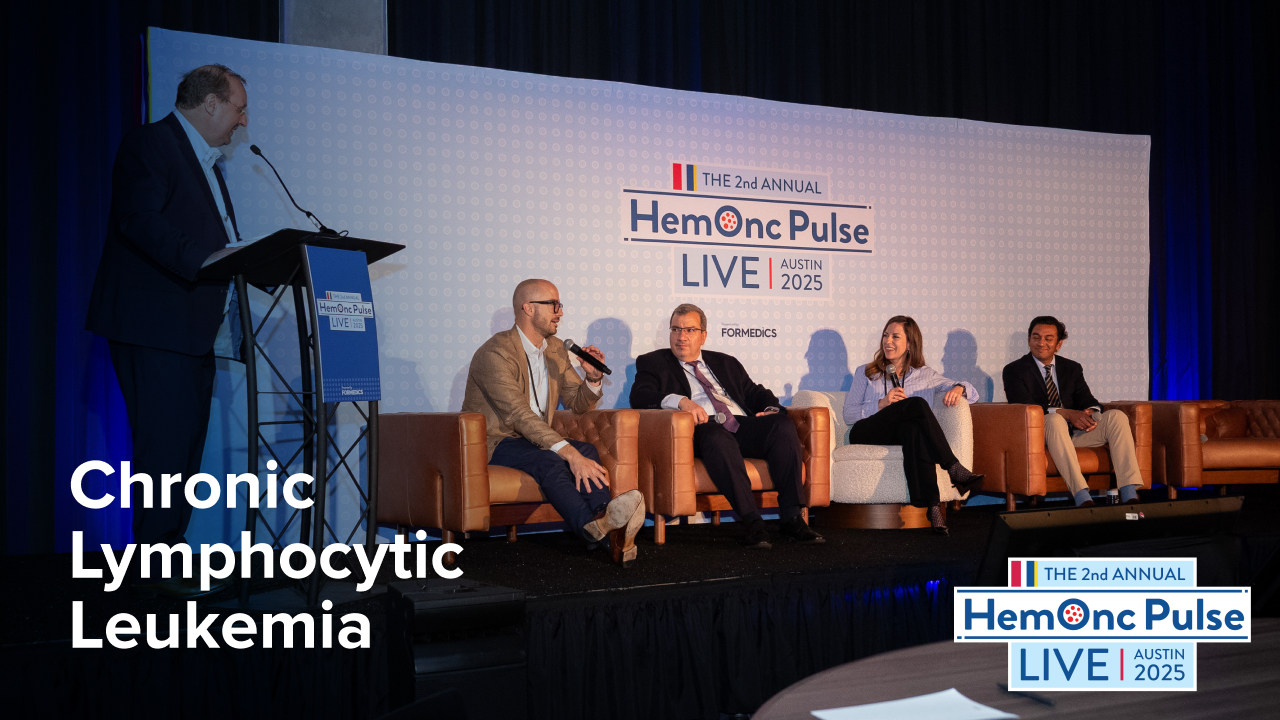
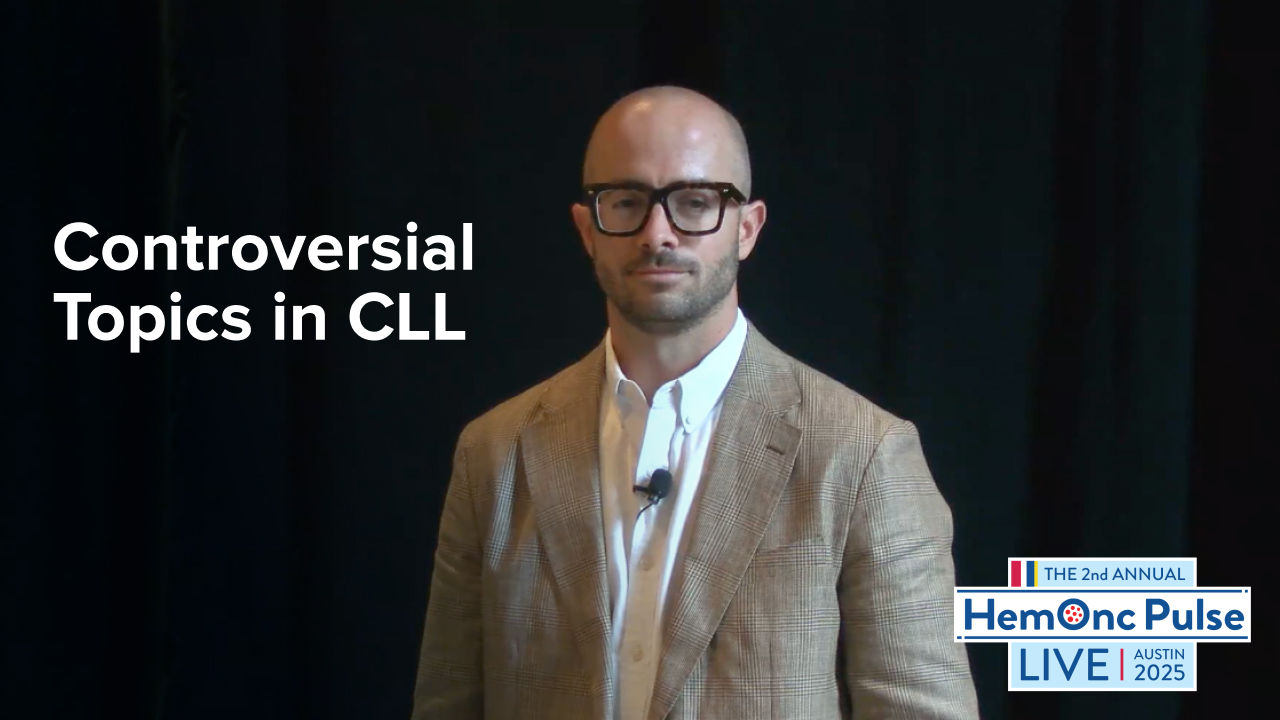
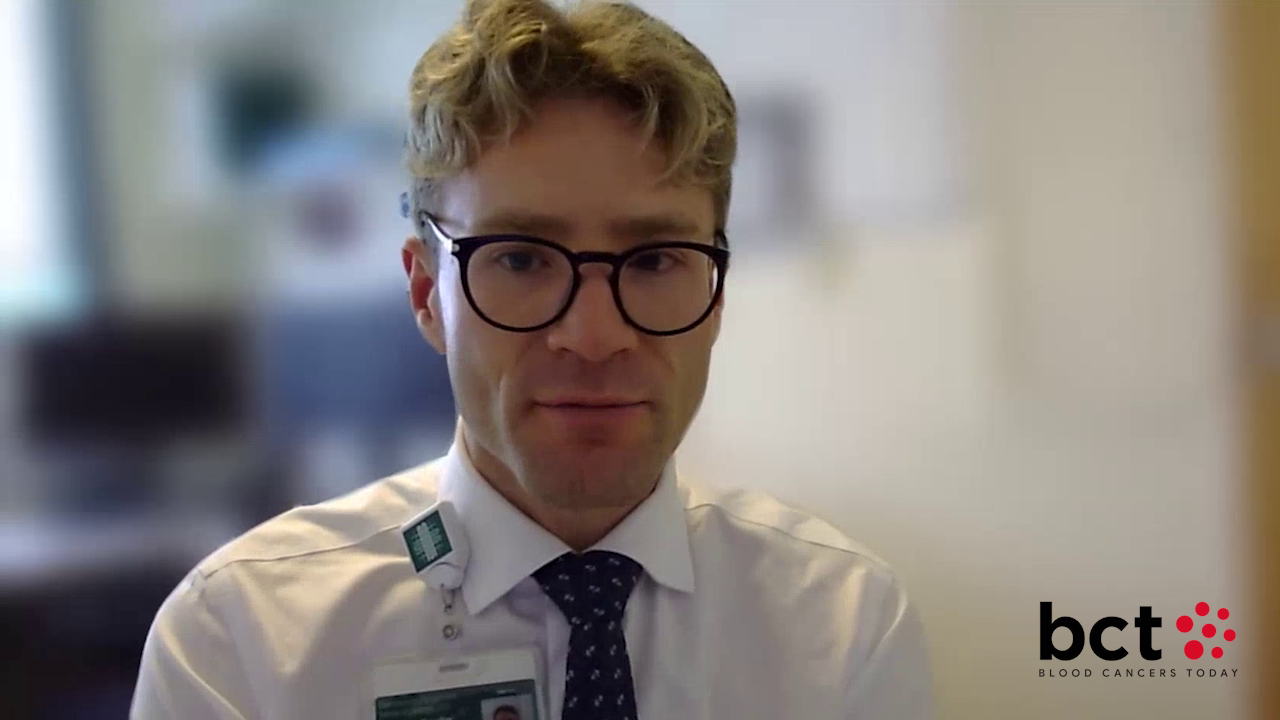
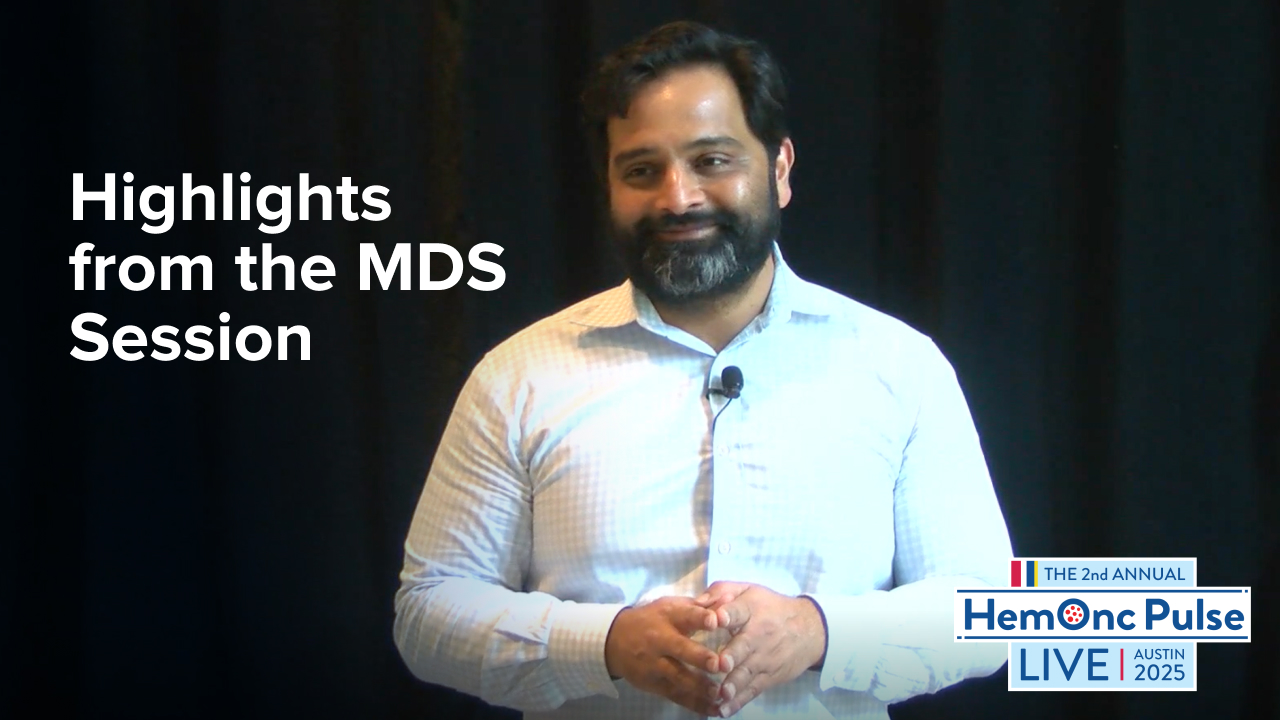
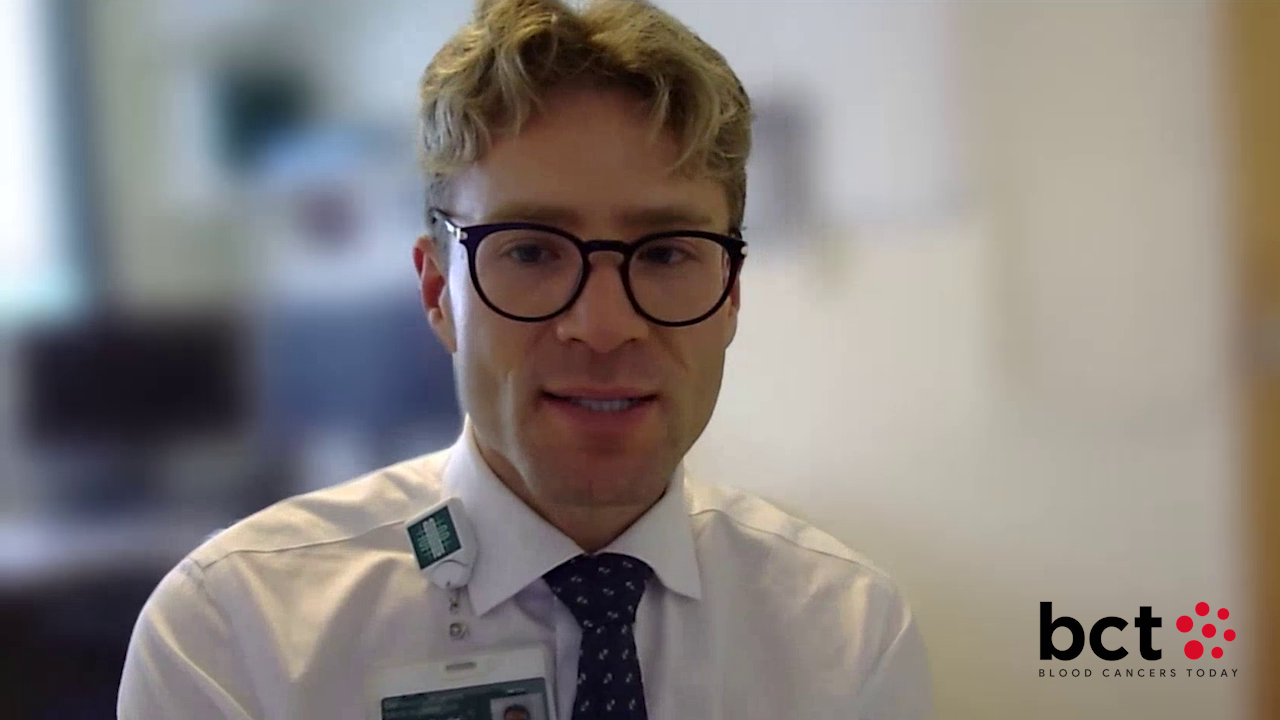
 © 2025 Mashup Media, LLC, a Formedics Property. All Rights Reserved.
© 2025 Mashup Media, LLC, a Formedics Property. All Rights Reserved.